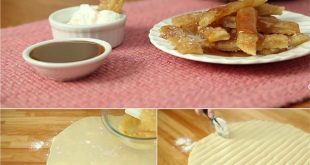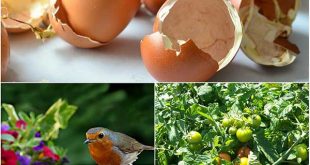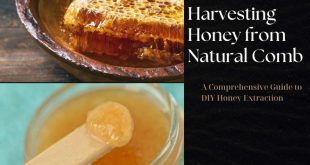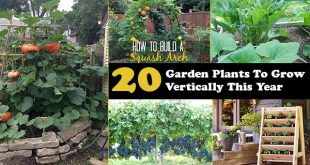10 Wild Edibles You Can Eat
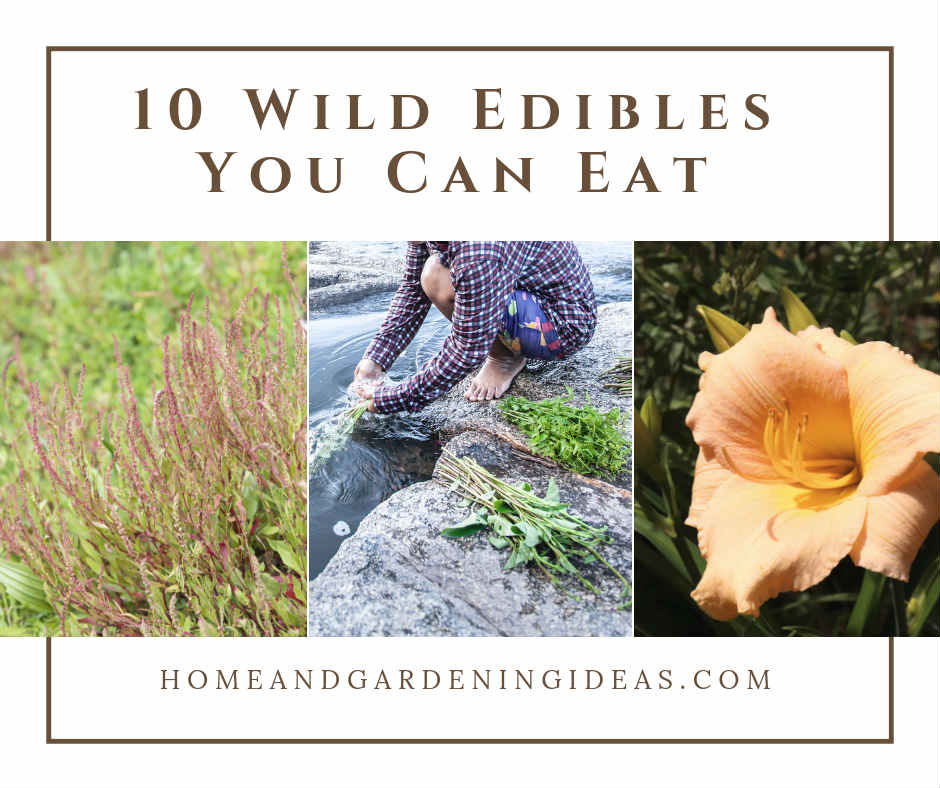
Being lost in the wilderness can be a scary situation especially if you lack food and water. Finding water should be your first task, but you also want to find food. The forest is a source of many wild edibles that can save your life. Unless you have a guidebook, it might be difficult to know which foods are safe for you to eat, so learn it now.
The first thing you should always remember is that you want to avoid the foods in the wild that are poisonous. You never ever should eat mushrooms. Some mushrooms are edible, but you can never be sure. Avoid most berries, especially yellow and white ones. Plants with thorns aren’t your friend, and neither are those that have a bitter or soapy taste.
Other rules to remember is to stay away from umbrella-shaped flowers, shiny leaves, plants with leaves in groups of three, and anything with an almond smell. Now that you know a few of the rules of foraging, let’s look at wild edibles that can save your life.
10 Wild Edibles You Can Eat
-
Daylily
Daylilies are a popular choice for flower gardens, but these 6-petaled orange flowers are edible. Daylily flowers only last a single day, and they grow on a leafless flower stalk. Make sure there are no leaves because some poisonous look-alikes have leaves on the stalk.
The entire daylily plant can be eaten raw or cooked. You can cook the tubers found at the roots.
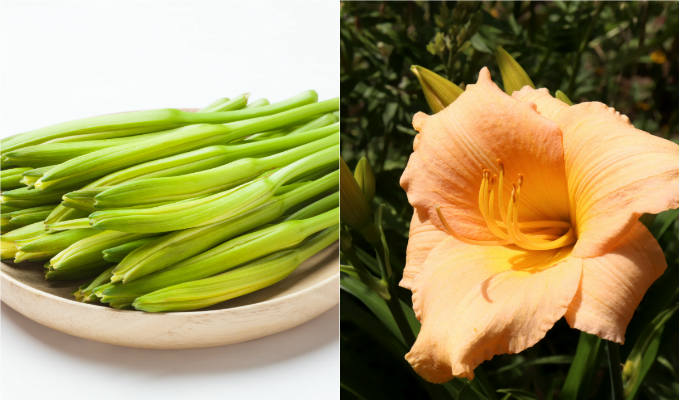
-
Pine
You might be surprised to know that pine trees are a source of food. Have you ever tried pesto? If so, you’ve probably consumed pine nuts because they’re a common pesto ingredient. All pine trees produce seeds or nuts, and those can be eaten. Cones can be gathered in the late fall and early winter, and the seeds extracted from the open cones.
-
Plantain
Chances are you think plantain is a weed that grows in your yard and refuses to go away, but it’s more than that. Plantain is a strong medicinal herb, and it’s edible. Broadleaf plantain has green oval leaves with thick stems. Long pointed green flowers grow upwards. Plantain leaves can be cooked or eaten raw. You also can chew the leaves to be placed on wounds or bug bites.
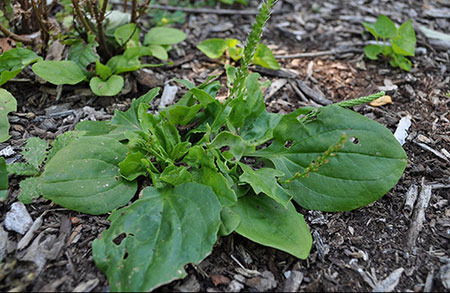
-
Wild Bee Balm
Also known as wild bergamot, wild bee balm can be found all over North America, growing in large clumps together. Wild bergamot reaches around 3 feet tall with erect branches. The leaves are around 3 inches long. You’ll find flower clusters at the end of each branch in a lovely shade of lavender or pink.
The leaves can be eaten raw or cooked. You can also prepare a delicious tea with the leaves and flowers.
-
Amaranth
Amaranth is a native grain-like plant that reaches 35 to 59 inches tall. They have alternate leaves with small flowers on top. Amaranth seeds are brown or black. All parts of the amaranth plant are edible, but you do need to watch out for the sharp spines on the leaves. Make sure to boil the leaves before eating to help improve the flavor, but you can eat them raw as well. You can turn amaranth seeds into flour by grinding them.

-
Oak Trees
Squirrels know something about living in the wilderness. They gather acorns from oak trees in the fall and early winter time. Acorns are a great source of protein and fat, which will help to keep you alive.
White oak acorns can be eaten right after shelling, but the other varieties require them to be processed to remove the bitter taste. The best way to do this is to crush the acorns into coarse flour, and covers this flower in water and boil it. It will only take one or two boilings to remove the taste.
-
Dandelion
Everyone knows what a dandelion is! It’s a common weed to find in your backyard, and you can find it in the wilderness. Dandelions have a base with plenty of flowers stems and leaves. The flowers have a distinguished yellow color, and all parts of the plants are edible. In some cultures, dandelion greens are added to salads, and the roots can be made into a coffee-like drink. Make sure to boil the roots first.

-
Cattail
Most people are familiar with cattails and can recognize the brown cigar-shaped head that is on top of a long stem. Cattails can reach up to 6 feet tall, and they’re typically found along wetlands or near small bodies of water.
To consume the rootstocks, you need to boil them, but they can be eaten raw. Cattail stems can be eaten raw or cooked. The white part at the bottom is delicious. Cattail leaves can be boiled like spinach, while the flowers are great roasted.
-
Curled Dock
Curled Dock is another plant that you can find all over North America. The leaves curl around the edges, creating a lance shape. It has a long, red stalk that reaches around 3-feet tall, with green flowers.
You can peel the stems and eat them raw. If you want to eat the leaves, you need to boil them a few times to help get rid of the overwhelmingly bitter taste. Curled dock roots can be used to make a bitter tea, and the seeds can a natural caffeine substitute. So, the seeds can be boiled and used as a coffee.
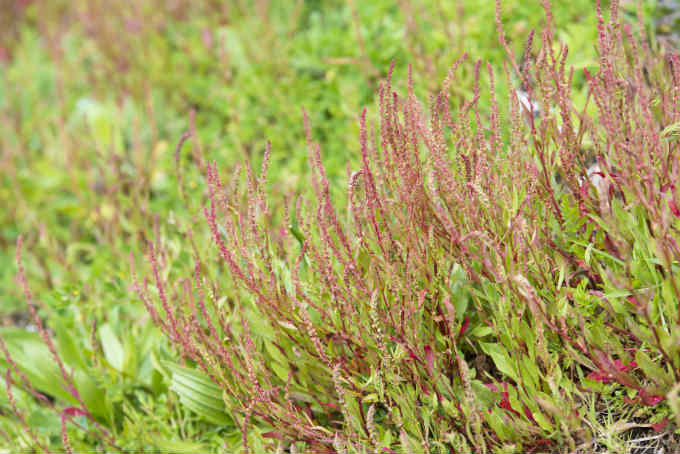
-
Wood Sorrel
You can find wood sorrel plants all over North America. The leaves look like little shamrocks with seed pods that bend upwards at the stalks. Wood sorrel has a yellow, 5-petal flower with a straight pistil. All parts of the plant are edible, but they do have a sour taste. When you’re hungry, who cares about a sour taste, right?
The art of survival is not also just luck. It requires that you understand what you have available to you in your region, and the knowledge to know what you’re doing. By learning about these wild edibles, you can save your life and provide several much-needed sources of food.
 Home and Gardening Ideas At home and Gardening ideas we believe inspiring readers about homesteading, self sufficiency
Home and Gardening Ideas At home and Gardening ideas we believe inspiring readers about homesteading, self sufficiency
